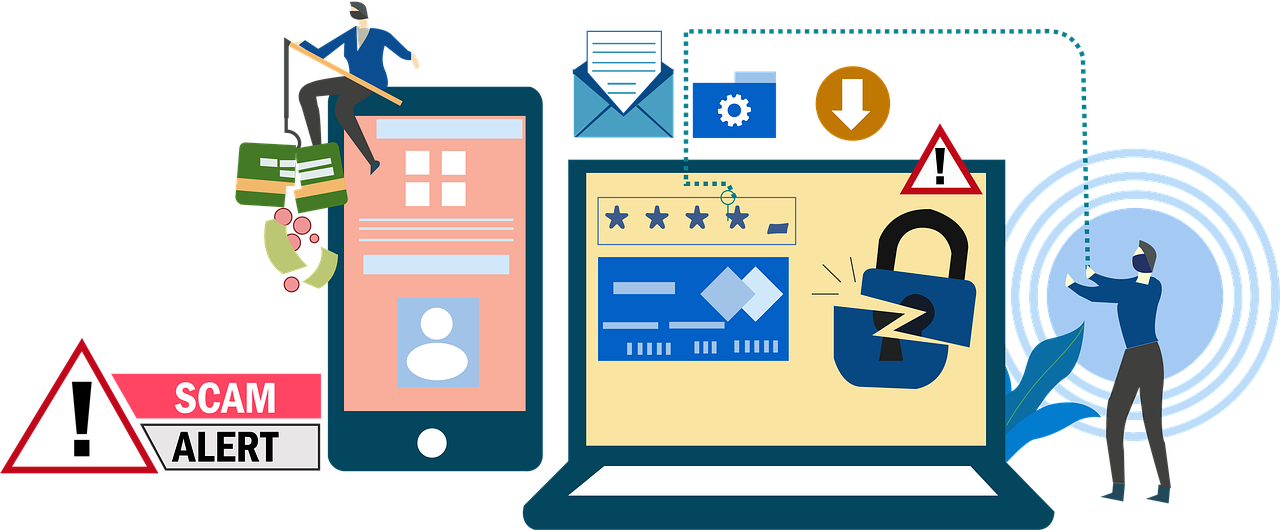Month: February 2025
Be Aware of Tax Fraud Schemes During Filing Season
By Mark Sipos, LFG Tax Director Tax season is here, and with it are scammers looking for their next victim. Scammers mislead you about tax refunds, credits, and payments, so it’s important to be aware of what their scams can look like. Common schemes Scammers are always changing their tactics in hopes of exploiting you. There are a flurry of deceptive schemes that pop up and this year will be no different. Recently, the IRS has seen scammers do the following: Request gift cards over the phone through a government impersonation scam or by sending a text message, email or social media message. Remember, the IRS never asks for or accepts gift cards as payment for a tax bill. Pose as an IRS agent and call the taxpayer or leave a pre-recorded voicemail stating they are linked to some criminal activity. Threaten or harass the taxpayer by telling them that they must pay a fictitious tax penalty. Instruct the taxpayer to buy gift cards from various stores. Pressure the taxpayer to buy gift cards, then ask the taxpayer to provide the gift card number and PIN. To verify it’s the IRS, go to IRS.gov and verify the form or visit the Let Us Help You page to verify tax information with self-service options. Know who’s calling If the IRS does need to contact you, they will typically contact you the first time through regular U.S. mail delivered by the USPS. The IRS doesn't initiate contact with taxpayers by email, text messages, or social media channels
Market Commentary - Tariff Talk
By Chad Roope, CFA ®, Chief Investment Officer U.S. tariffs set to be imposed on imports from Canada, China, and Mexico – ranging from 10% to 25% – and suggestions of forthcoming tariffs on the European Union mark a sharp escalation in trade protectionism. This shows that tariffs will be a key policy tool for the new U.S. administration, as telegraphed during the presidential campaign. The effective rate of U.S. tariffs will be close to 1930s levels if fully implemented. The 10% tariffs could be the new baseline for the U.S. to earn tax revenue, while 25% may prove to be used more as leverage in negotiations – as seen in the decision to delay tariffs on Mexico for a month. But uncertainty is high. What’s key for markets is how long 25% tariffs last: the longer they hold, the more permanent the supply chain shifts. Legal challenges could delay implementation and add to market volatility. How countries retaliate is also important – and could draw further U.S. escalation. These actions – and their ripple effects – could dent corporate and investor confidence. The broader economic implications could be more significant than the direct effects. Prolonged tariffs, as proposed, could hurt growth and add to inflation. We already thought loose fiscal policy and supply constraints – like an aging workforce – would keep inflation above the Federal Reserve’s 2% target. That leaves the Fed limited flexibility if gr




 Virteom
Virteom